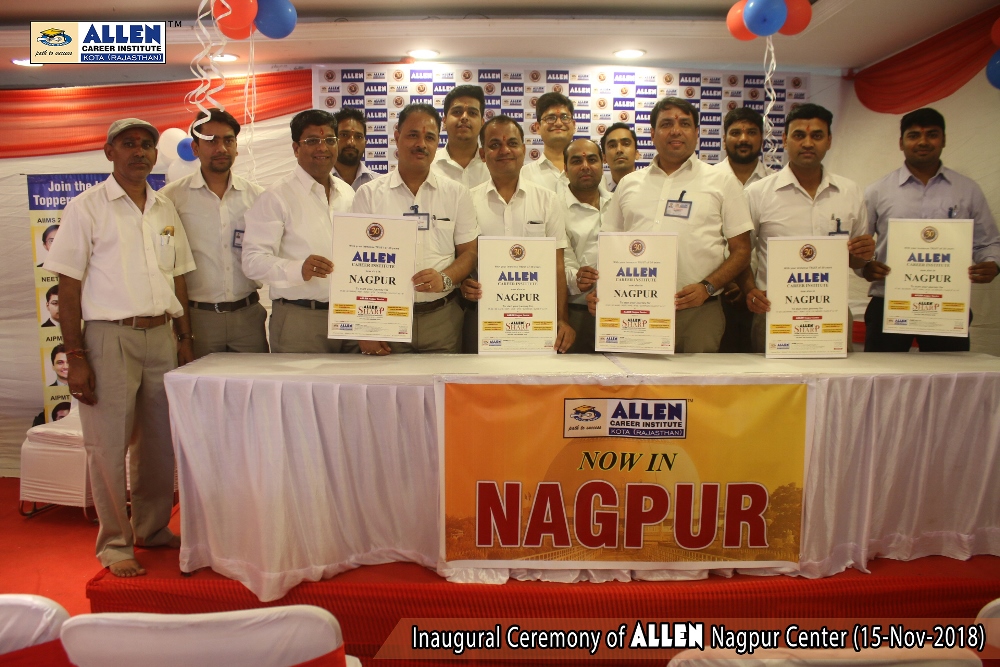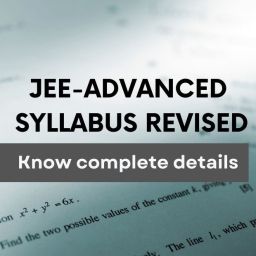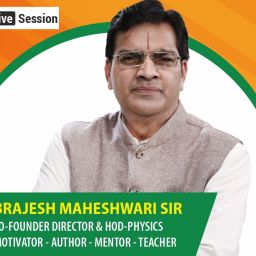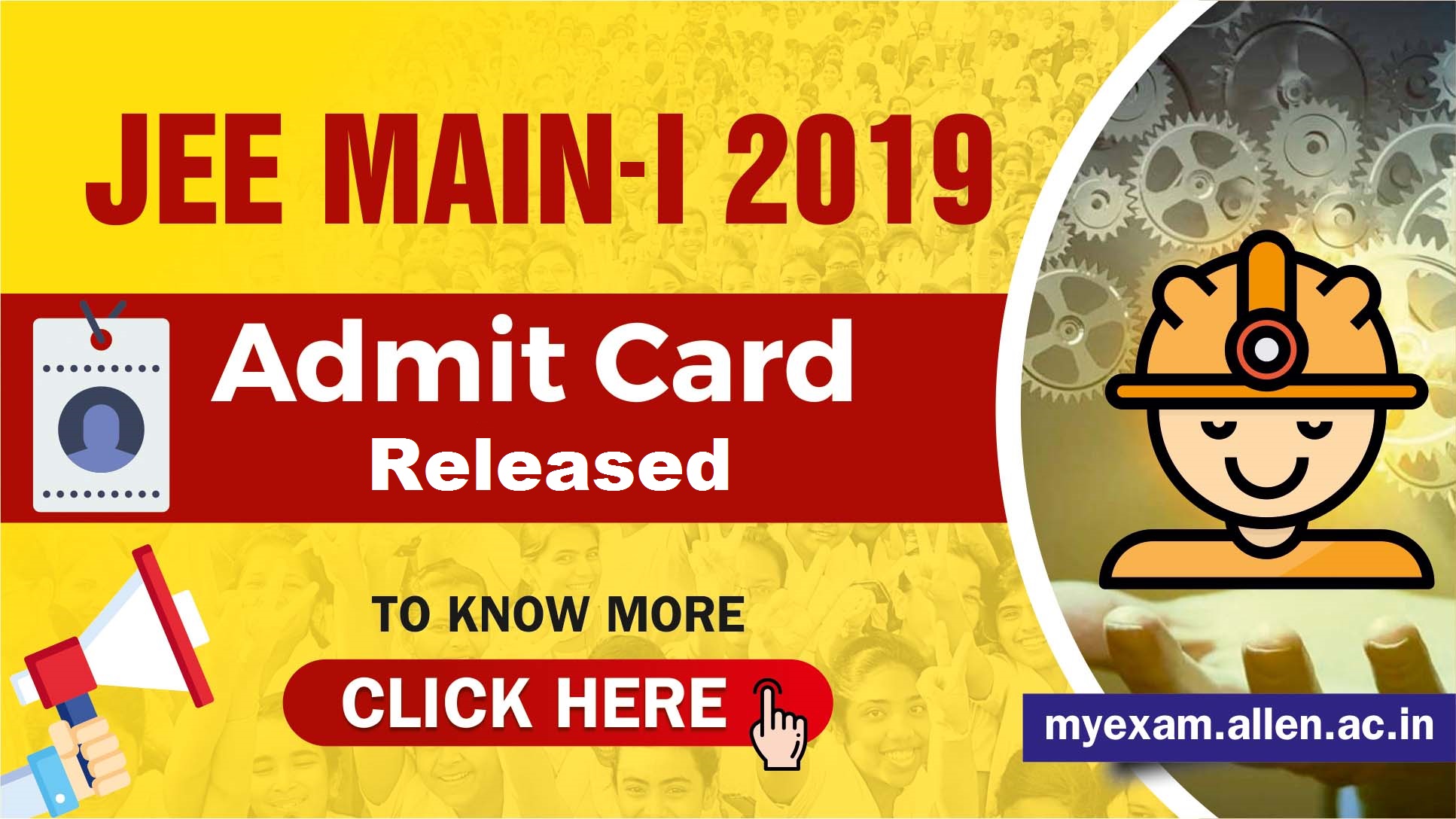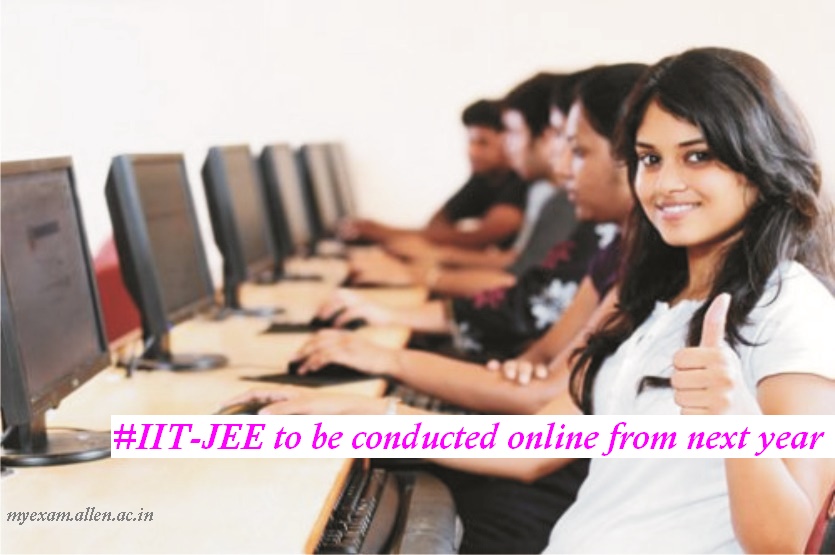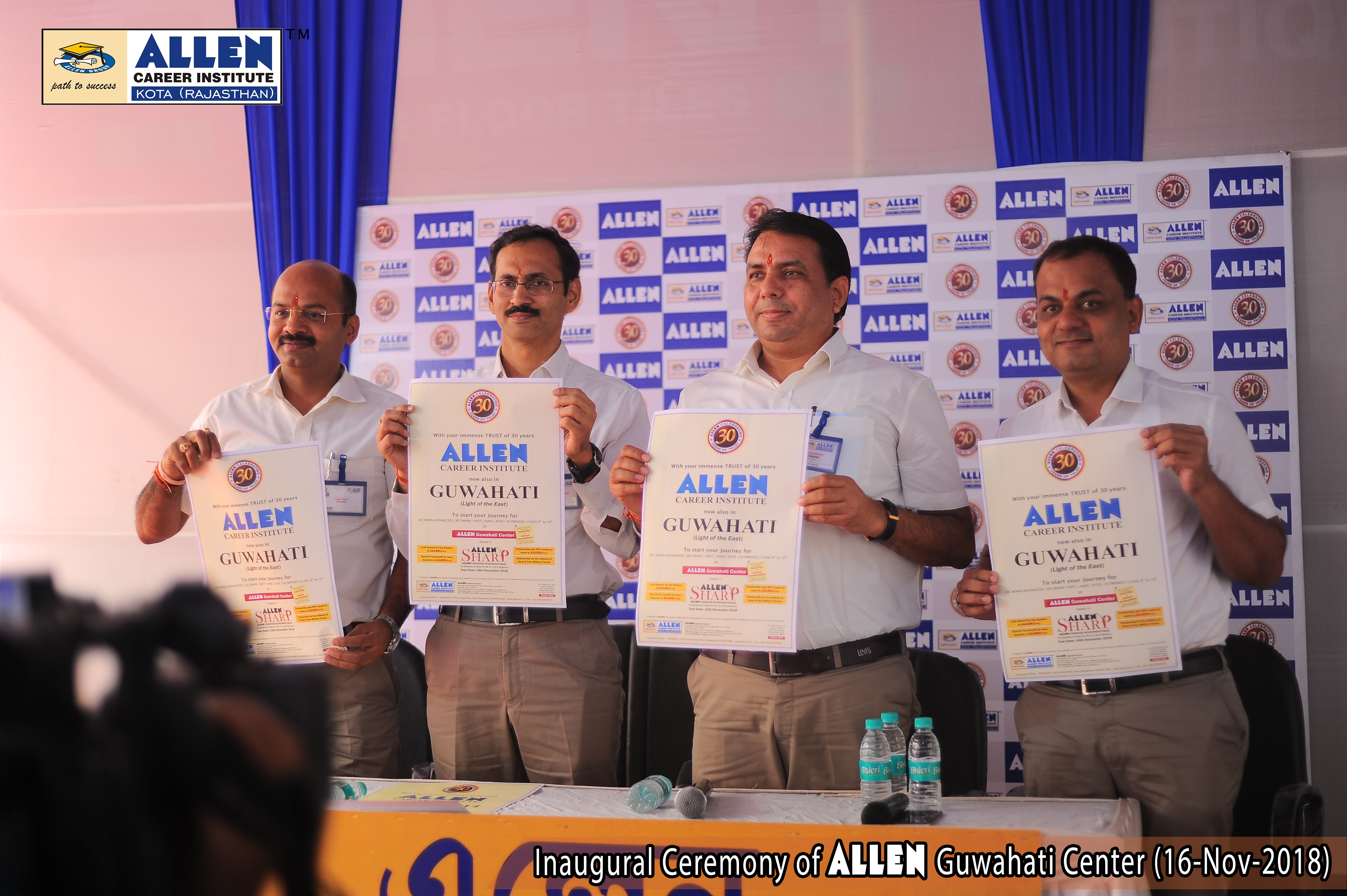Indian Institute of Technology has always proved to be the place where students not only excel in their chosen field of studies but also contribute to the society with path-breaking innovations and inventions.
Keeping up with its legacy of developing ingenious ideas, four students from IIT-Madras have developed a device which functions allows the visually impaired to type with ease. The device can easily fit into any smartphone’s port.

Using this assistive device, visually impaired people can now type, learn and read the braille content while also self-navigating through space and recognizing objects as well as people.
The names of these students are – Adil Mohammed K, Shivam Maheswari, Sundar Raman P, and Andrea Elizabeth Biju. Of the four, Sundar is a student of electrical engineering, final year whereas both Adil and Shivam are in their third- and second-year engineering design, respectively. On the other hand, Andrea happens to be a second-year student of aerospace engineering.
Speaking of the device as developed, they stated that they had improvised an existing product that helps the visually impaired in reading PDF files on their phone. However, this entire process is a tad taxing as the reader needs to carry a separate device to avail this functionality. With the new device the students have developed, they aimed at leveraging the smartphone’s capacity, as most people prefer to carry a single device with them.
 For materializing their thought, they came up with Cube, which happens to be a compact device that can perfectly fit into either the charging port or earphone jack of the smartphone. The Cube, on one side, has four refreshable braille cells (24 dots) and on the other side, it has a camera.
For materializing their thought, they came up with Cube, which happens to be a compact device that can perfectly fit into either the charging port or earphone jack of the smartphone. The Cube, on one side, has four refreshable braille cells (24 dots) and on the other side, it has a camera.
The camera of the Cube, along with that of the smartphone, will help in capturing and processing (computer vision) an extensive field of view thus providing the user with navigation information via perceptible braille cells about the closeness and nature of the hindrances.
Not just this, the four refreshable braille cells as available on the Cube, can also project symbols to show time, closeness to obstacles etc. and also help the users in learning as well as typing on their smartphone in braille.
Presently, the visually impaired people depend on the slow audio feedback for typing. However, with Cube, this dependency will cease to exist. Visually impaired people can use the Cube device for smoother typing. They can fold back the device to the back of the smartphone with the help of a flexible connector.
Sharing the experience of using the Cube device, Vishnu Suresh, student of fourth-year, Integrated MA in English Studies, stated, “It has a keyboard through which we can type the way we type on a braille typewriter. It is perfect”.
The device made by the students is really commendable as their inventions makes it easier for the visually impaired people to carry out their virtual conversations with ease.



